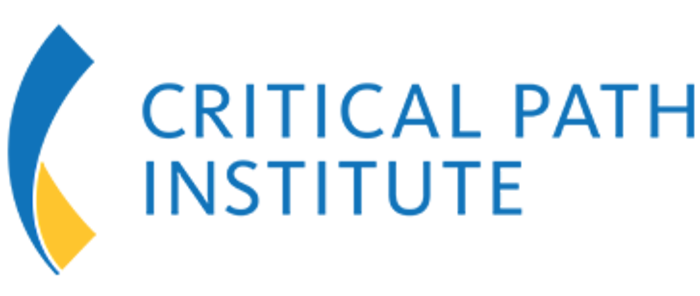Bananas are one of the most important staple crops of the tropics, transported with great care over great distances to satisfy the world's appetite. And today, with more than half the world's bananas coming from a single, Cavendish variety, they may increasingly become susceptible to funguses that threaten its livelihood, such as the devastating Panama disease.
That's why scientists have been eager to understand the mysteries of its genome. Cavendish fruits have no seeds, do not sexually reproduce (and therefore are genetically identical), and have three sets of chromosomes (triploid), which made its genome very difficult to sequence.
The origins of Cavendish bananas come from several Musa acuminata subspecies that diverged after being geographically isolated in distinct Southeast Asian regions and islands. As with other domesticated crops, it is thought that human migrations helped lead to the emergence of subspecies and hybrids with a consequence—reduced fertility—-but prized for their delectable fruits with high flesh and low seed content.
A reference genome of M. acuminata was completed by Angélique D'Hont's group at the CIRAD French research institute and the French National Sequencing Center in 2012. Now, with next-generation sequencing tools available, they wanted to more finely explore the banana genome with an ultimate goal of helping breeding programs produce hardier, more disease resistant bananas.
Using a variety of sequencing and bioinformatics tools, chromosomal imaging and PCR technology, for the first time, they have identified a large chromosomal swap involving two regions on chromosomes 1 and 4, and showed that it prevents the proper reshuffling of its DNA in its progeny.
When they traced the inheritance of these structures they found that the rearranged chromosome swap was preferentially transmitted to the progeny.
The significance of their findings are important for agriculture. The structure was found in half of the triploid cultivar sub-groups tested, highlighting a substantial contribution of this new chromosome structure in banana crops.
"It is noteworthy that this structure was found in the Cavendish sub-group of dessert bananas, which represents more than half of global banana production," said D'Hont.
"This must have been an important factor in reducing fertility and in the formation of triploid cultivars, and thus, in banana domestication. Indeed, triploidy is the most efficient ploidy level for the agronomic performance in banana. These characteristics have generated more vigorous plants, larger fruits and higher sterility, resulting in a complete absence of seeds in the fruits."
The new findings could be used in breeding programs for banana crops to fight the dreaded Panama disease. "This knowledge could be exploited to either foster recombination or fix allele combinations in the rearranged regions by choosing adequate parental combinations," said D'Hont. "We expect to find more of these variations in the future, which will help steer recombination among the genes that control banana traits."
###
The study appeared in the advanced online issue of the journal Molecular Biology and Evolution.
Media Contact
Joseph Caspermeyer
[email protected]
480-258-8972
@OfficialSMBE
http://mbe.oxfordjournals.org/
############
Story Source: Materials provided by Scienmag





